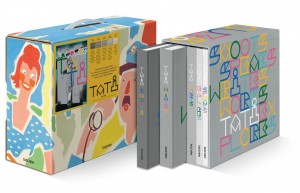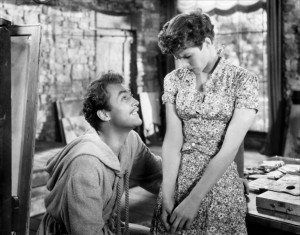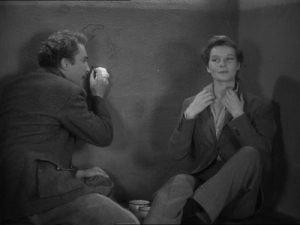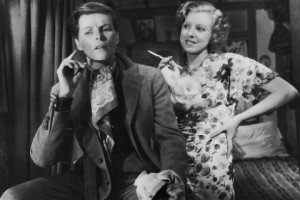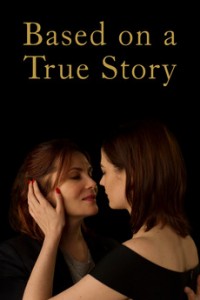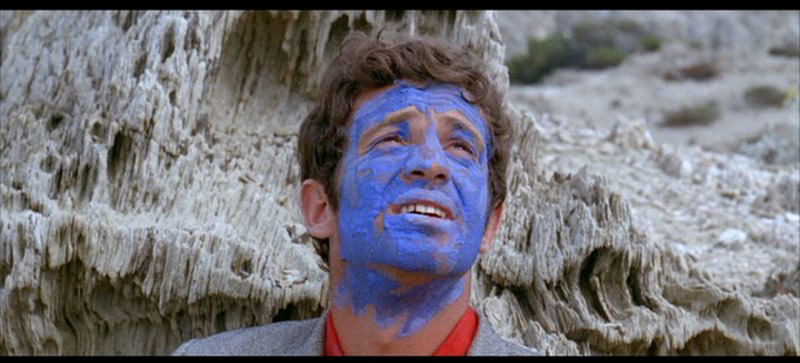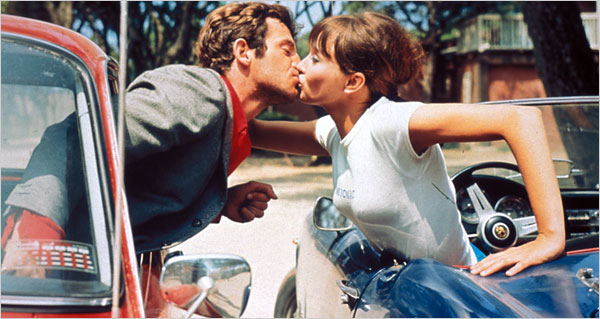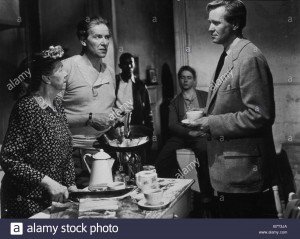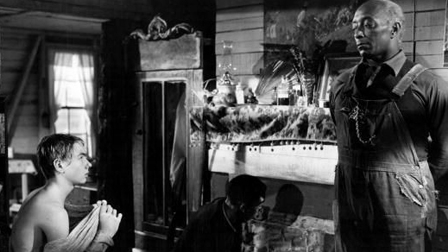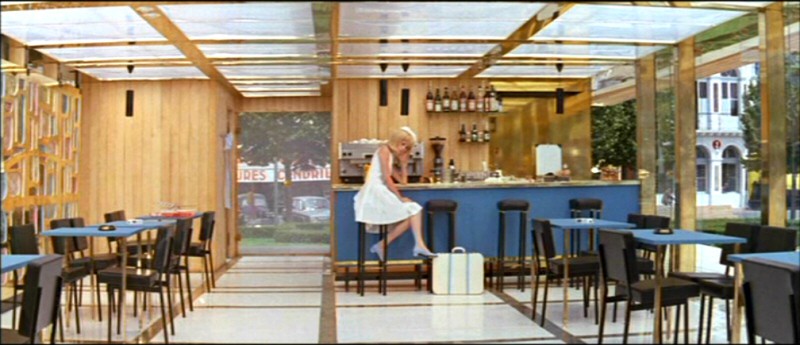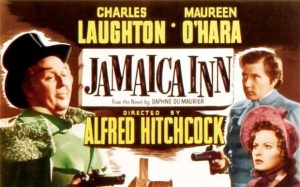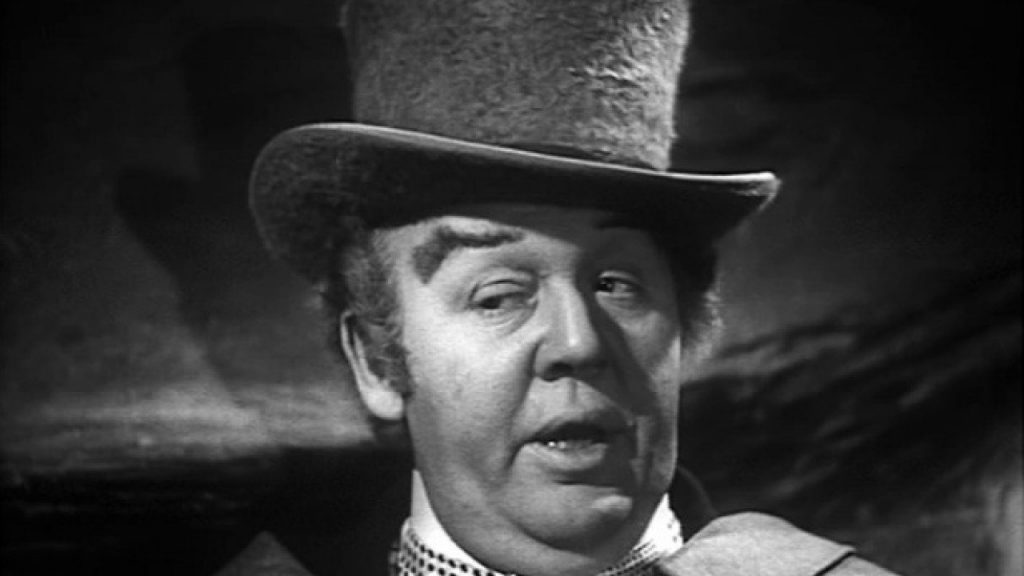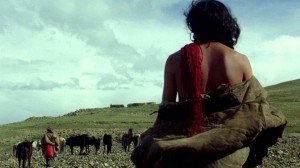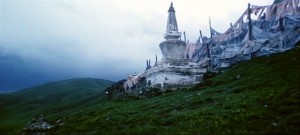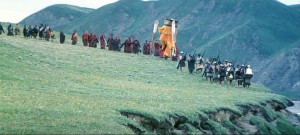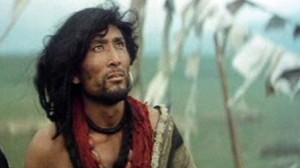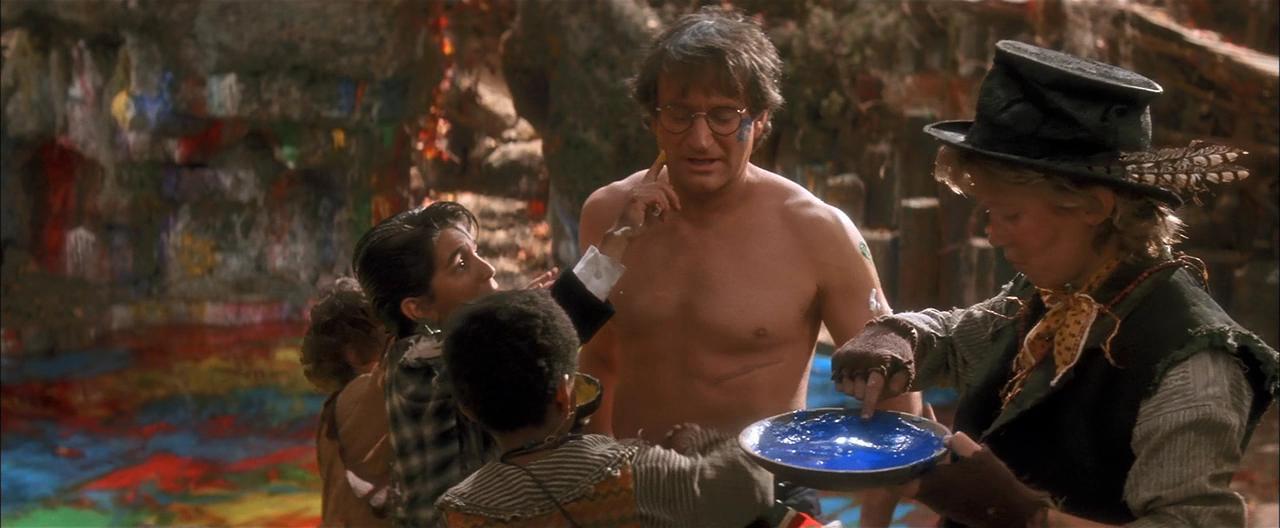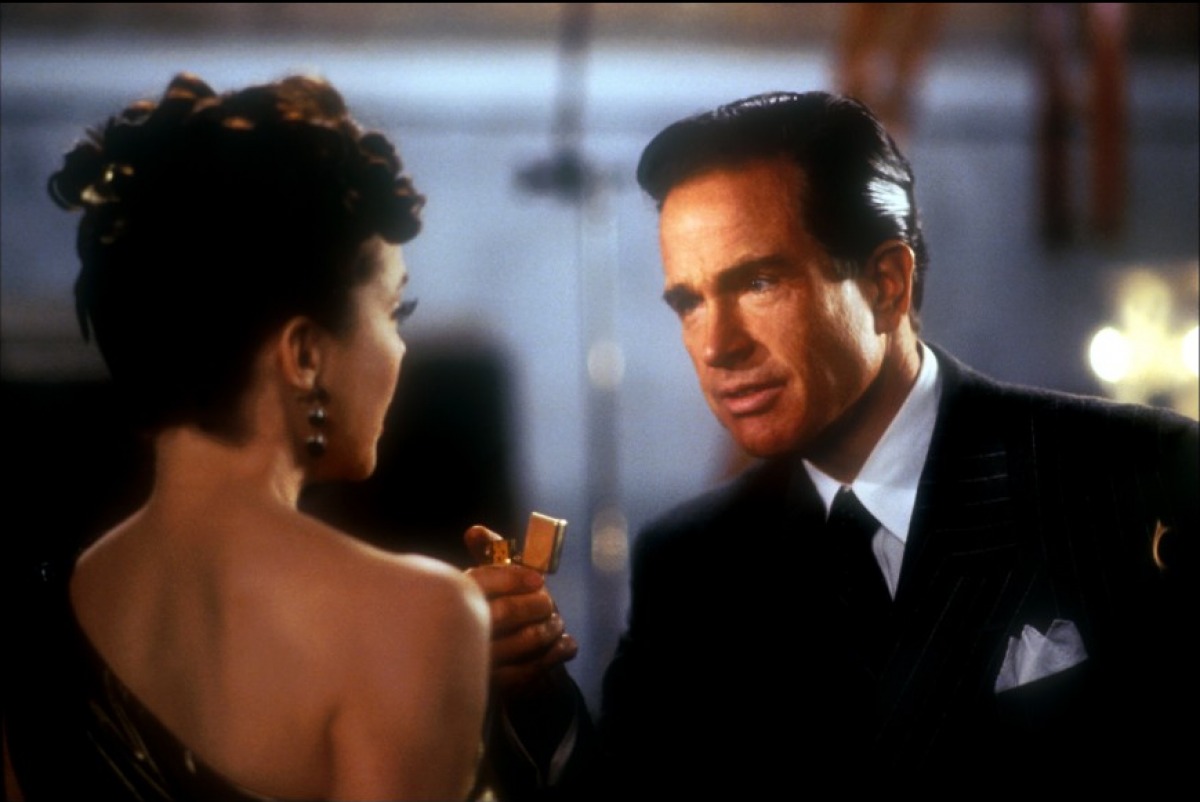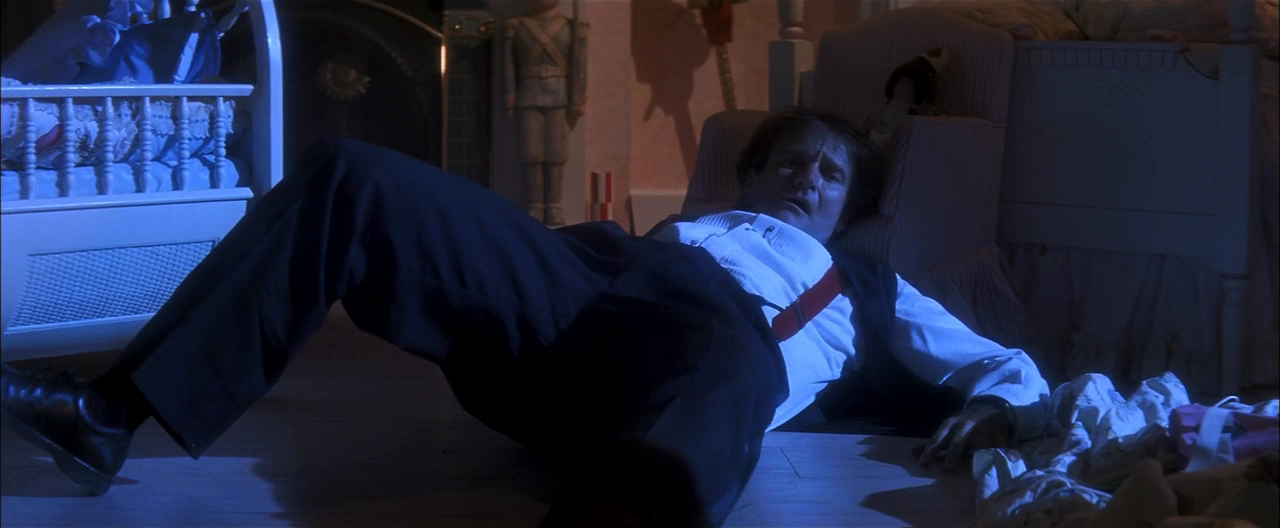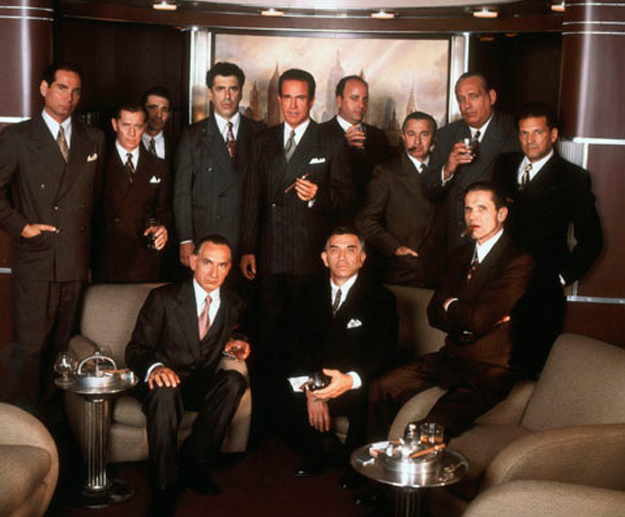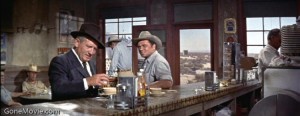My column for Caiman Cuadernos de Cine, adapted from a longer piece written for The Chiseler and submitted in August 2020. — J.R.
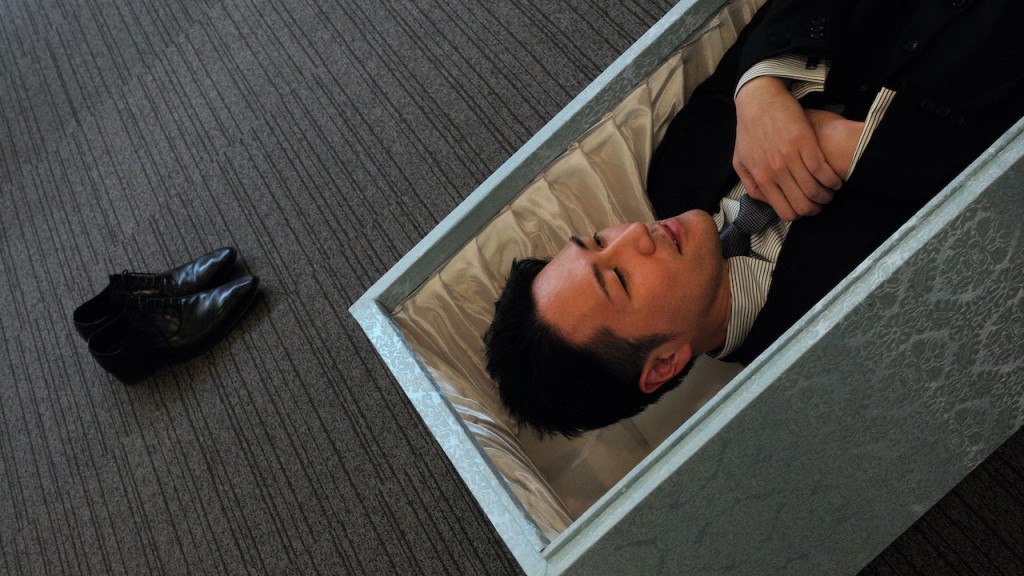
En movimiento: Herzog’s Tweet Factor
Jonathan Rosenbaum
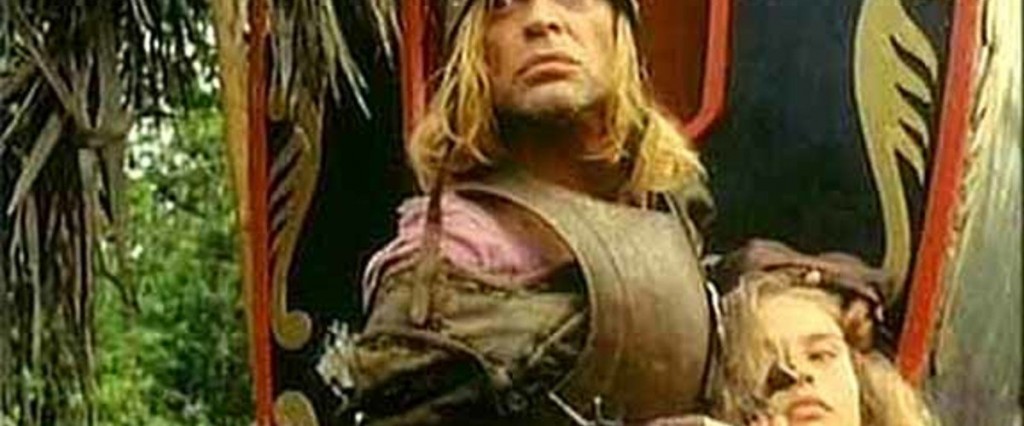
When I first saw Aguirre, the Wrath of God, set in 16th century Peru, what impressed me the most was what Werner Herzog cheerfully but cynically revealed about his opening intertitle: “A large expedition of Spanish adventurers led by Pizarro sets off from the Peruvian sierras in late 1560. The only document to survive from this lost expedition is the diary of the monk Gaspar de Carvajal.” At his Cannes premiere in 1973, Herzog admitted that this was a total lie, invented because he reasoned that people wouldn’t accept the film’s premises otherwise.
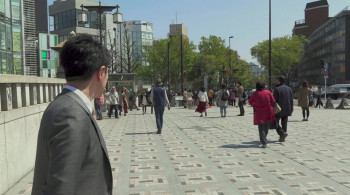
His Family Romance, LLC (2019) employs the same ruse. The real Tokyo company that this film is about rents out actors to play the roles of family members, friends, or functionaries for lonely individuals — e.g., a divorced father whom a 12-year-old girl hasn’t seen since her infancy, or a bullet-train worker who needs to be shamed by his boss for bungling a precise train schedule. The resulting feature has been described as a mixture of documentary and fiction, but apart from the company’s founder, playing himself, the entire film is fictional—scripted by Herzog and shot by him with a tiny camera, with actors playing all the characters. Read more

